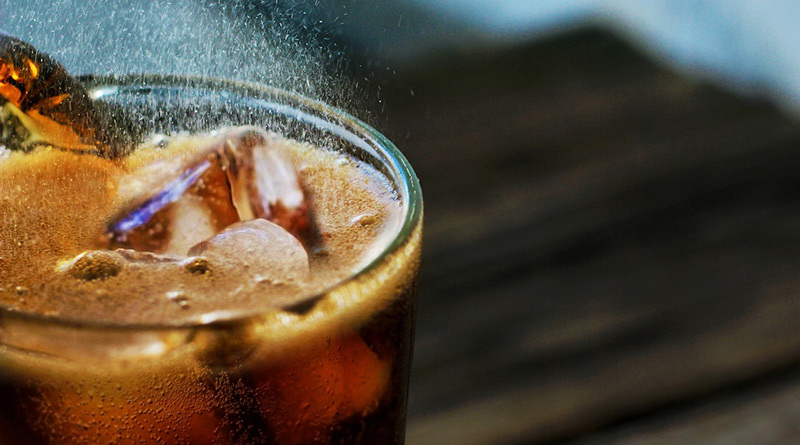Premiumisation Still Shaking Up The Mixers Market

Sales of mixers have been slow to build back from the COVID-19 pandemic—but the premium end of the category continues to grow.
Those are two of the headline messages from CGA by NIQ’s latest research into the mixers market, which reveals the key trends and opportunities for suppliers to follow. It confirms that the premiumisation trend that has been evident for many years in the On Premise has not yet been dampened by the cost of living crisis.
CGA’s On Premise Measurement (OPM) service indicates that mixer sales totalled £109.8m in the last quarter—a 4.3% drop year-on-year. Mixers have steadily lost share in the wider soft drinks category and now account for 10.4% of sales—down by 0.9 percentage points from last year.
This downward trend has been driven by a sharp drop in gin sales since the start of the pandemic. Four years ago, gin held a 22.8% share of spirit sales in the On Premise, but that slice has now tumbled to 18.3%. After years of growth, gin was hit harder by COVID-19 lockdowns than most drinks categories, as consumers switched to drinking gin and tonics at home before opting for other drinks when they returned to the On Premise. With many consumers seeking new tastes and brands, gin has seen sales steadily slip away to other spirits like rum.
While the mixers category has generally struggled, premium brands have bucked the trend. Premium packaged mixers accounted for 62.0% of all packaged mixer sales in the last quarter—a rise of 2.3 percentage points in just 12 months. This has largely been driven by growth in rate of sale, with the average outlet generating £1,057 in premium packaged mixer sales over the quarter, up by 0.4% year-on-year. While this is still some way short of the 8.8% growth in the wider soft drinks category, it compares favourably with the total packaged mixer segment, where rate of sale fell by 1.1%. Upmarket options have become much more visible in pubs and bars, and CGA’s data shows around 63,000 licensed premises now stock at least one premium brand.
“The positive premiumisation trend in the mixers category has picked up where it left off before COVID-19,” says Matthew Meek, senior client manager at CGA by NIQ. “When they returned to pubs, bars and restaurants after months of lockdowns, consumers were ready to celebrate and catch up on the drinks and occasions they had missed. Although spending has been squeezed lately by the cost of living crisis, this treat mentality is still very much evident. While some people are drinking out less frequently, they are often ready to spend more when they do so, which leads to trade-ups from mainstream mixer brands to premium ones.”
Research for CGA’s Mixed Drinks Report confirms this willingness to spend extra in return for higher quality. More than half (56%) of mixed drinks consumers say they are very likely to pay more for a better quality spirit and mixer when they are out.
The latest edition of CGA’s On Premise User Survey (OPUS) shows the average spirit mixer consumer has an average household annual income of £41,700—5% more than the average consumer in Britain. Fans of mixers also tend to be younger, with more than a third (36%) aged 18 to 34. They are heavily engaged with the On Premise too, and half (51%) say they typically visit several venues on a night out—14 percentage points higher than the average consumer.
“Our research emphasises the value of premium mixer consumers to On Premise operators and suppliers,” says Matthew Meek. “Many of them are ready to spend and experiment on nights out, which means they’re potentially open to in-venue activations and promotions. But with discretionary spending under strain, these consumers are also increasingly demanding about getting full value for their money. Venues have to deliver consistently excellent serves and experiences in mixed drinks and all other categories if they are to keep people coming back.”
